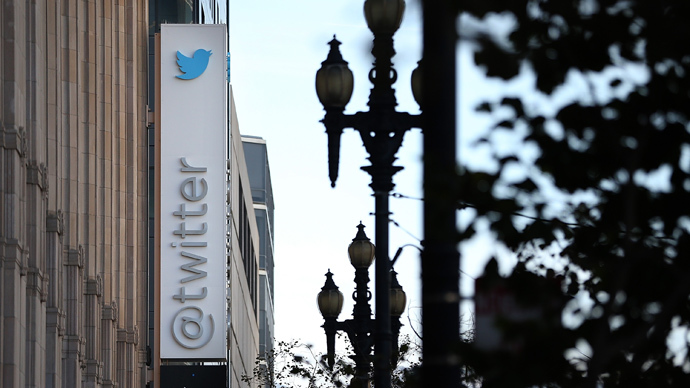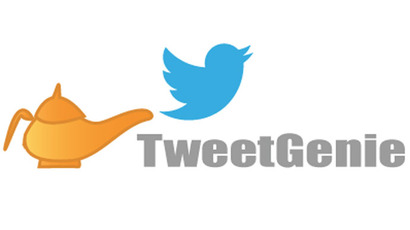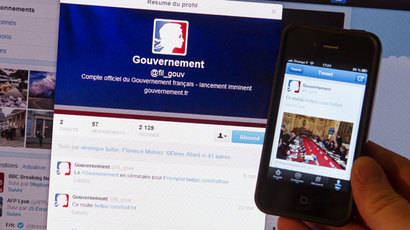NYSE stress tests systems with Twitter IPO simulation to avoid Facebook failure

Trying to avoid Nasdaq’s Facebook IPO scenario, the New York Stock Exchange (NYSE) has done a test run of Twitter’s anticipated IPO to predict trading scenarios and make sure their systems survive the traffic generated by investors.
For the first time in its history, the Big Board, run by
NYSE Euronext simulated Twitter’s initial public offering to see if its systems could cope with
message traffic and that those who placed orders would swiftly
receive reports of order fulfilment.
In the biggest and most anticipated Internet IPO since Facebook,
Twitter intends to sell 70 million shares at price range between
$17 and $20 each. Twitter prepares to list its stocks on the New
York Stock Exchange on November 7.
In May 2012 Facebook sold 421 million shares at $38 each. On the
date of the IPO, because of the huge volume of orders,
confirmation of order placed by traders was in many cases delayed
by hours or even days in worst cases.
Because of the glitch in Nasdaq system, major market players lost
up to $500 million according to their estimations. Following the
trouble IPO, the US Securities and Exchange Commission fined
Nasdaq $10 million while the exchange itself voluntarily agreed
to pay up to $62 million in damages to investors.
Prior to Facebook debut, Nasdaq has also run stress tests but
limited the maximum number of orders in the simulation to 40,000,
badly underestimating the rush. By the time of the closing bell
on the first day of the trade, a record 500 million shares had
changed hands in hundreds of thousands of orders.
NYSE ran three test IPOs on Saturday in order to make sure
everything goes smoothly, all of which were successful.
“We are being very methodical in our planning for Twitter's
IPO and are working together with the industry to ensure a
world-class experience for Twitter, retail investors and all
market participants,” an NYSE spokesman told Reuters.














